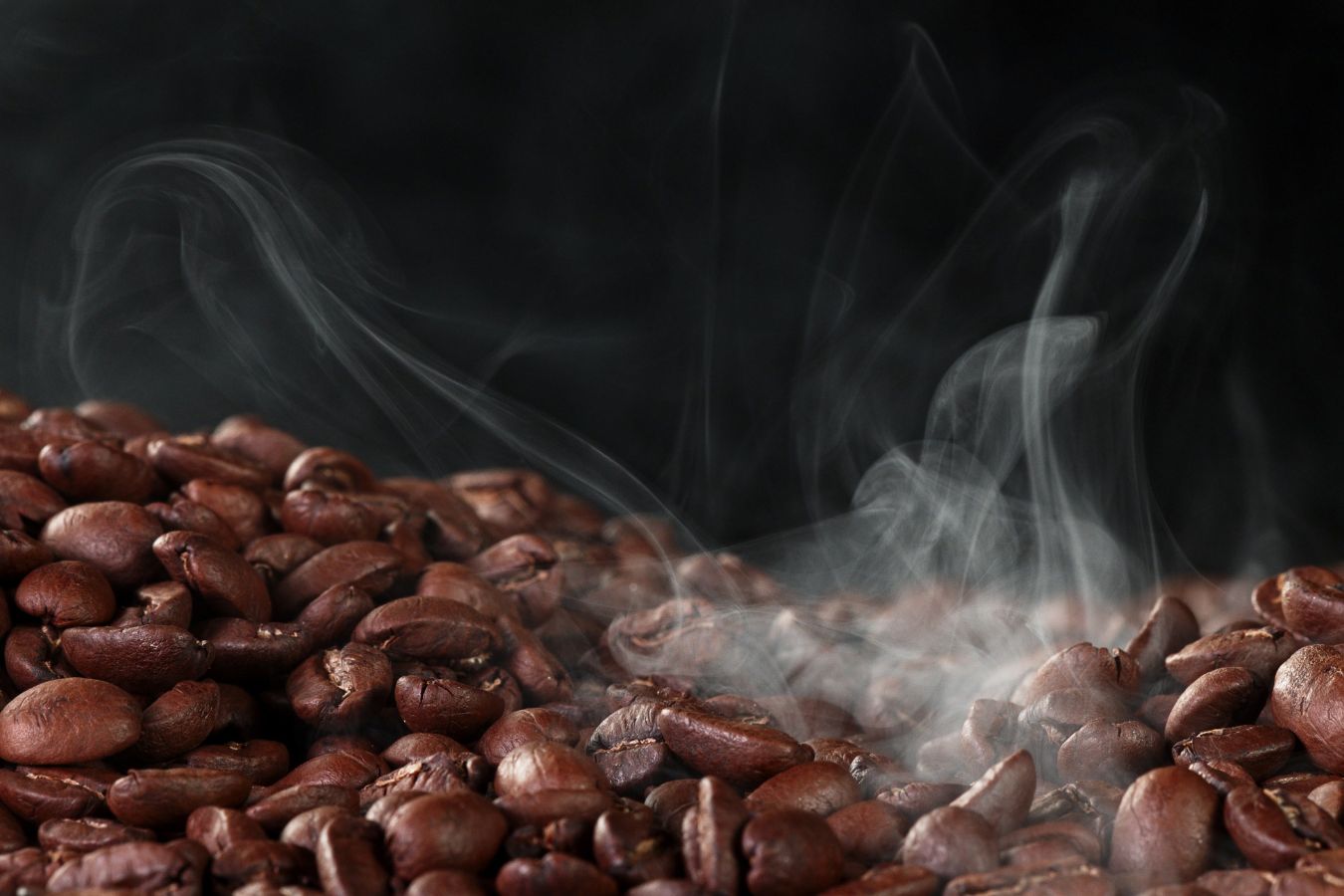
Caramelization In Coffee Roasting – Caramelization happens at a slower rate than Maillard activity, which necessitates higher temperatures. It’s all about sweets. This process really begins at about 150 to 180 degrees Celsius, with water being lost from the sugar molecule as the first step.
Maillard reaction
Manipulation of the Maillard reaction, according to coffee roasting specialist Rob Hoos, can have a major impact on a coffee’s qualities.
Coffee roast, for example, can lengthen the Maillard reaction to increase the complexity of sugar browning as well as texture and mouthfeel.
A faster reaction, on the other hand, softens the body and mouthfeel while diminishing the richness of sweetness and flavors.
“In general, if you reach the Maillard reaction too rapidly, you’ll leave too many organic acids in the cup,” Danilo explains.

“However, if you spend too much time in this phase, you’ll dissolve too many solubles in the coffee, resulting in more body but unclean, earthy tones.”
Melanoidins are one of the reasons behind these disparities. Melanoidins are brown nitrogen-containing polymers that develop during the Maillard reaction in roasted green coffee beans. They have a significant impact on the viscosity of coffee when brewed, in addition to flavor.
The more melanoidins produced by the Maillard reaction, the higher the molecular weight of the beans. This is why various roast profiles from the same batch of coffee have varied mouthfeel and body qualities.
How does caramelization work?
Caramelization happens at a slower rate than Maillard activity, which necessitates higher temperatures. It’s all about sweets. This process really begins at about 150 to 180 degrees Celsius, with water being lost from the sugar molecule as the first step.
In every instance, the conversion produces Furfuryl, a kind of Furan with a caramel, somewhat burned, and a faint meaty aroma. In Maillard reactions, similar chemicals are generated in various ways. However, it lasts for a long time in a high-temperature environment, resulting in a large number of odors.
Because sugar activity is simpler to manage than Maillard chain activity, the initial participants are less altered. The nitrogen in amino acids should operate without sulfur. As with the Maillard process, sugar cannot taste like meat. It is quite appealing since it is the location where variations in the flavor of the sugar solution are recorded.

The sweetness of a sugar solution is offset by its lack of taste. Sugar develops a complex smell as a result of this process, which is both sour and somewhat bitter. When it comes to balancing the advantages of preserving the sweetness of sugar while eliminating the astringency and sourness of mild roasting, extending the breakdown of sugar will be less sweet when tasted.
– Fruity tastes, chocolate flavors, and roasted fruit flavors (nuts/peanuts) are all produced by the sugar reaction…
– The primary sugar reaction during coffee roasting is computed from the time of the temperature of 171oC to the time of the first explosion for easy monitoring.
– The sugar reaction should take place between 20 and 25 percent of the whole roasting time.
If the sugar reaction takes too long, the sugar is destroyed, and the sweetness of the seeds is reduced. To avoid exceeding the safe sugar reaction time (more than 25%), it is feasible to compensate for the heat in advance for the Cara phase by raising the gas/heat supply threshold of the second half of Maillard (165-1680C) or stabilizing Cara after 175°C to shorten the sugar process (shortening the time to the temperature at 1st crack).